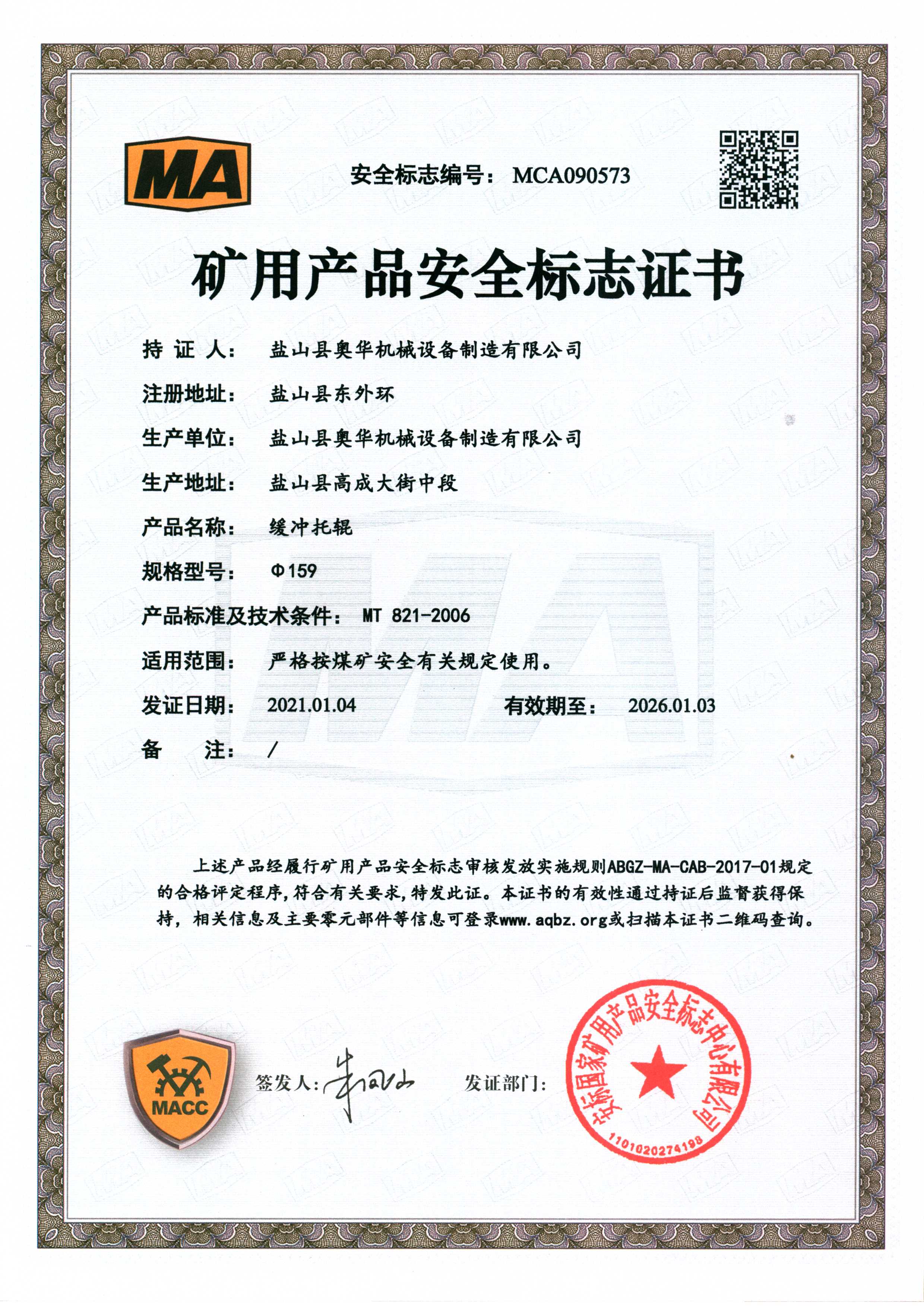 Afrikaans
Afrikaans  Albanian
Albanian  Amharic
Amharic  Arabic
Arabic  Armenian
Armenian  Azerbaijani
Azerbaijani  Basque
Basque  Belarusian
Belarusian  Bengali
Bengali  Bosnian
Bosnian  Bulgarian
Bulgarian  Catalan
Catalan  Cebuano
Cebuano  Corsican
Corsican  Croatian
Croatian  Czech
Czech  Danish
Danish  Dutch
Dutch  English
English  Esperanto
Esperanto  Estonian
Estonian  Finnish
Finnish  French
French  Frisian
Frisian  Galician
Galician  Georgian
Georgian  German
German  Greek
Greek  Gujarati
Gujarati  Haitian Creole
Haitian Creole  hausa
hausa  hawaiian
hawaiian  Hebrew
Hebrew  Hindi
Hindi  Miao
Miao  Hungarian
Hungarian  Icelandic
Icelandic  igbo
igbo  Indonesian
Indonesian  irish
irish  Italian
Italian  Japanese
Japanese  Javanese
Javanese  Kannada
Kannada  kazakh
kazakh  Khmer
Khmer  Rwandese
Rwandese  Korean
Korean  Kurdish
Kurdish  Kyrgyz
Kyrgyz  Lao
Lao  Latin
Latin  Latvian
Latvian  Lithuanian
Lithuanian  Luxembourgish
Luxembourgish  Macedonian
Macedonian  Malgashi
Malgashi  Malay
Malay  Malayalam
Malayalam  Maltese
Maltese  Maori
Maori  Marathi
Marathi  Mongolian
Mongolian  Myanmar
Myanmar  Nepali
Nepali  Norwegian
Norwegian  Norwegian
Norwegian  Occitan
Occitan  Pashto
Pashto  Persian
Persian  Polish
Polish  Portuguese
Portuguese  Punjabi
Punjabi  Romanian
Romanian  Russian
Russian  Samoan
Samoan  Scottish Gaelic
Scottish Gaelic  Serbian
Serbian  Sesotho
Sesotho  Shona
Shona  Sindhi
Sindhi  Sinhala
Sinhala  Slovak
Slovak  Slovenian
Slovenian  Somali
Somali  Spanish
Spanish  Sundanese
Sundanese  Swahili
Swahili  Swedish
Swedish  Tagalog
Tagalog  Tajik
Tajik  Tamil
Tamil  Tatar
Tatar  Telugu
Telugu  Thai
Thai  Turkish
Turkish  Turkmen
Turkmen  Ukrainian
Ukrainian  Urdu
Urdu  Uighur
Uighur  Uzbek
Uzbek  Vietnamese
Vietnamese  Welsh
Welsh  Bantu
Bantu  Yiddish
Yiddish  Yoruba
Yoruba  Zulu
Zulu conveyor idler types
Understanding Conveyor Idler Types
Conveyor idlers are essential components in conveyor systems, supporting the weight of the conveyed materials and ensuring smooth, efficient operation. They play a crucial role in the performance and longevity of the conveyor system. Various types of conveyor idlers are designed to meet specific operational requirements, and understanding these differences can help you choose the right idler for your application.
1. Standard Idlers
Standard idlers are the most common type used in conveyor systems. They typically consist of a cylindrical roller mounted on a frame. These idlers are designed for horizontal and inclined applications, providing consistent support for the conveyor belt as it moves materials. The design usually includes a frame made of durable steel or aluminum, with rollers that feature bearings for smooth rotation. Standard idlers come in various sizes and configurations, including troughing (for carrying bulk materials) and flat (for applications requiring a smooth surface).
2. Troughing Idlers
Troughing idlers are specially designed to hold the conveyor belt in a U-shaped formation, which enhances load containment and minimizes spillage during operation. These idlers are generally used in bulk material handling systems where larger quantities of materials are transported. The troughing angle can vary, typically between 20 to 45 degrees, depending on the application. This design allows for optimal material support and reduces the risk of belt misalignment.
conveyor idler types

Return idlers are found on the underside of the conveyor system, supporting the return portion of the belt as it travels back to the loading area. Their primary function is to maintain belt alignment and reduce wear on the belt surface. Return idlers are often designed with flat rollers but can also be incorporated with rubberized surfaces to further reduce friction. In some applications, adjustable return idlers can be utilized to accommodate variations in belt tension and prevent sagging.
4. Impact Idlers
Impact idlers are used in areas where the material is loaded onto the conveyor and can potentially impact the belt harshly. These idlers have reinforced structures and are equipped with shock-absorbing features to minimize damage during loading. They are essential for enhancing the lifespan of the conveyor system by reducing the stress placed on the belt and supporting rollers.
5. Training Idlers
Training idlers, also known as self-aligning idlers, are designed to help keep the conveyor belt aligned. Misalignment can lead to increased wear and tear on both the belt and the idlers. Training idlers have a pivoting design that allows them to adjust to the belt's alignment dynamically. These are especially useful in long conveyors or those with multiple curves.
Conclusion
Choosing the right type of conveyor idler is crucial for the efficiency and longevity of your conveyor system. By understanding the different types available—standard, troughing, return, impact, and training idlers—you can make informed decisions that optimize performance and reduce maintenance costs. Properly selected and maintained idlers not only enhance the material handling process but also contribute to overall operational efficiency and productivity.
-
Revolutionizing Conveyor Reliability with Advanced Rubber Lagging PulleysNewsJul.22,2025
-
Powering Precision and Durability with Expert Manufacturers of Conveyor ComponentsNewsJul.22,2025
-
Optimizing Conveyor Systems with Advanced Conveyor AccessoriesNewsJul.22,2025
-
Maximize Conveyor Efficiency with Quality Conveyor Idler PulleysNewsJul.22,2025
-
Future-Proof Your Conveyor System with High-Performance Polyurethane RollerNewsJul.22,2025
-
Driving Efficiency Forward with Quality Idlers and RollersNewsJul.22,2025





























